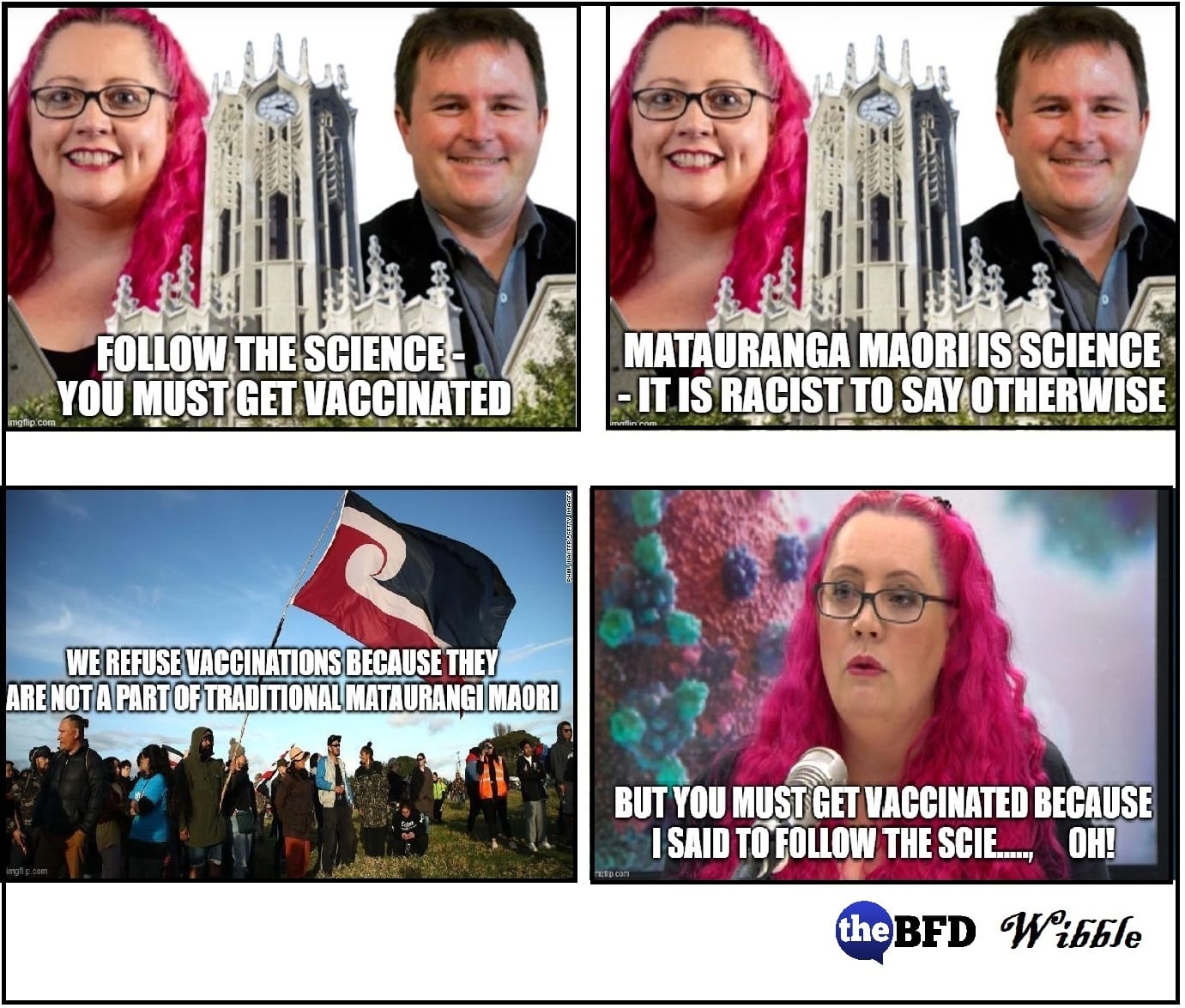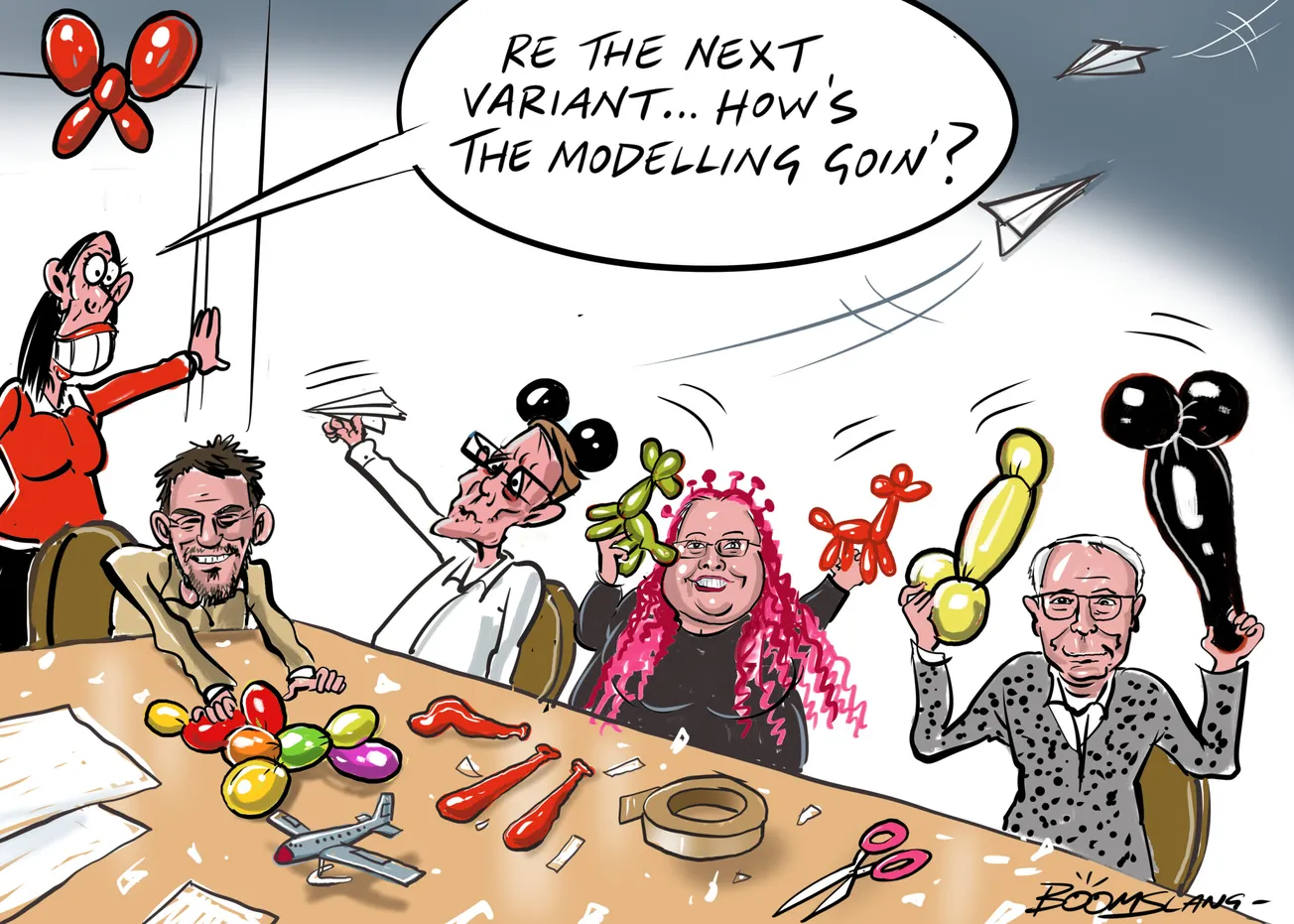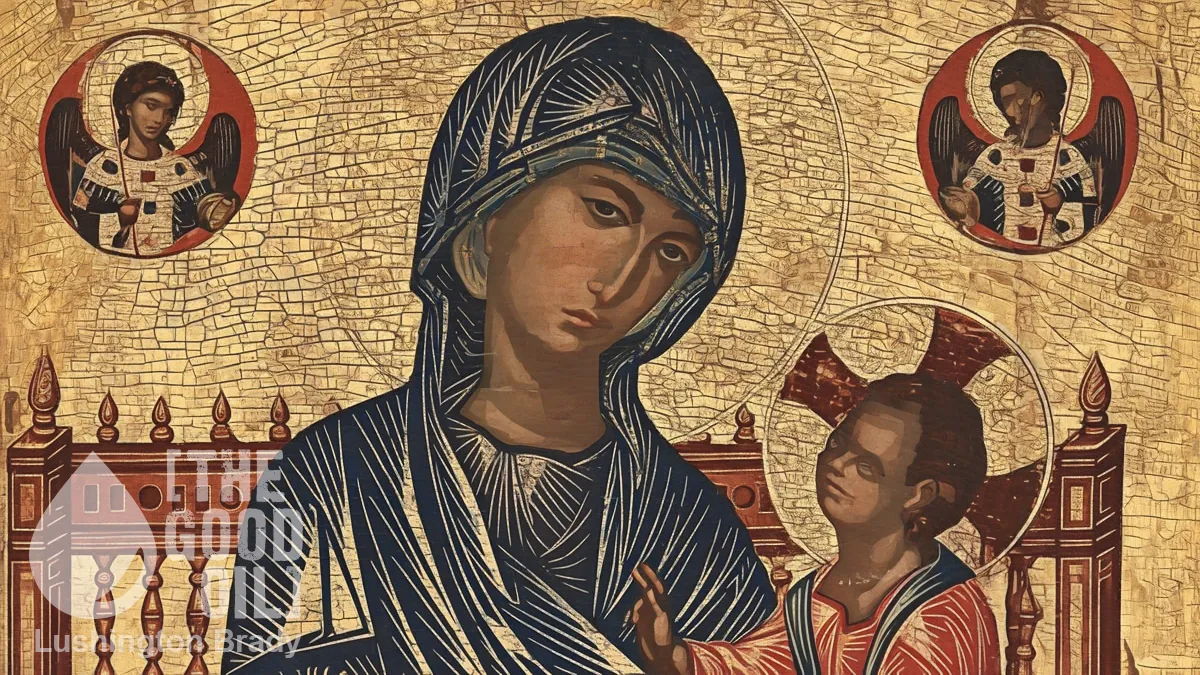Many countries saw a deferral to a very small group of un-elected, often academic, experts dominating, advising and lobbying politicians on the Covid response in the early days of 2020. The danger of this is summed up in President Eisenhower’s 1961 farewell address, where he famously warned of the rise of the military-industrial complex, and added:
Yet, in holding scientific research and discovery in respect, as we should, we must also be alert to the equal and opposite danger that public policy could itself become the captive of a scientific-technological elite.
As some politicians are now calling for an appropriate Covid inquiry, among the many issues it needs to review is how advice is brokered and received by politicians in an emergency situation. If everyone agrees – is that cause for final celebration that you are on the right track – or cause to cautiously and precisely ask – who disagrees with this and why?
In New Zealand, the small clan of experts who had the ear of politicians were mostly career academics.

In mid-February 2020 the Ministry of Health commissioned Covid modelling from Professors Michael Baker and Nick Wilson and their colleagues from the Health, Environment & Infection Research Unit (HEIRU) at Otago University based in Wellington. In January Baker joined the Covid-19 Technical Advisory Group at the Ministry of Health.
Their 27th of February modelling claimed deaths could range from 12,600 to 33,600 in New Zealand. They also used parameters from a Covid outbreak on the Diamond Princess cruise ship, which resulted in modelling 6,230 or 6,510 deaths. On the 16th of March, another round of modelling showed 8,190 deaths or a worst-case scenario of 10,983 deaths.
On the 19th of March, a news media article confirmed Imperial College modelling, which predicted hundreds of thousands of deaths within the UK, and this altered New Zealand government policymaking.
The next day, on the 20th of March 2020, the group of Otago University academics bluntly pushed for elimination. They submitted a report to the Ministry of Health listing all potential interventions from hand washing to a four-day working week to lockdowns that were either in the existing Ministry of Health pandemic plan or in use internationally.
Health and well-being are multi-faceted, yet they didn’t concern themselves with the impacts of these interventions within their report, whether they be economic or societal or ethical costs or even non-Covid health impacts, instead baldly stating they would leave that to policy-makers.
Further modelling from this group, dated the 23rd of March, now found the worst-case scenario was that 27,600 would die. Or perhaps it was 8,560 to 14,400 would die in a less shrill scenario?
The 23rd of March was the day then Prime Minister Jacinda Ardern announced New Zealand would enter Alert Level 4 – a full country-wide lockdown – at 11:59 pm on Tuesday the 25th of March.
Professor Shaun Hendy through his research think tank, Te Punaha Matatini (TPM) hosted by the University of Auckland, came on board in March 2020 to do more modelling through the Prime Minister’s Chief Science Advisor Juliet Gerrard.
On the 25th of March, as Ardern intoned that the approaching lockdown that night was “unprecedented” – Hendy’s Te Punaha Matatini modelling claimed that without the lockdown 80,000 people would now die. This modelling used estimates from the Otago University modelling from the 16th of March, as well as the Imperial College modelling.
A radio interview, also on the 25th of March as the lockdown approached, had the Prime Minister’s Chief Science Advisor Juliet Gerrard call the Te Punaha Matatini modelling a reasonable “worst case” scenario and “alarm bells” for decision-makers to act. It appears the existing Ministry of Health pandemic plan wasn’t followed as Covid modelling was painting such a dire picture (I’ve concentrated on deaths but the modelling was just as jumpy for numbers of people who needed ICU care or hospitalisation) that the existing pandemic plan of interventions wouldn’t have been adequate in the face of such doom.
Modeller Hendy from Te Punaha Matatini, spoke on the importance of supporting decisions using models and said that the worst-case scenario is always the most unlikely to happen (as people will change their behaviour when faced with a threat). The group of Otago University modellers put at the top of a report that their modelling, “can only represent potential future scenarios rather than predictions.”
Yet the Ministry of Health’s Chief Science Advisor Ian Town said the early modelling “galvanised” decision-making.
A May 2021 Stuff hit-piece on a contrarian to their small group consensus, an academic from Auckland University Simon Thornley, had Hendy re-visit, “We weren’t making that [modelling] as a prediction, it was really just something you could benchmark against when you do actually take actions.”
But modelling appears to have been treated as a prediction.
In 2021, Hendy credited the modellers as such, “With these sorts of numbers in front of decision-makers, the country’s strategy would soon pivot from flattening the curve to stopping the spread.”
And the worse the modelling grew, the more it “galvanised” decisions (Town’s words) for “unprecedented” lockdowns (Ardern’s words) on a “slim evidence base” (Gerrard’s words).
Sir David Skegg, another government go-to public health expert when questioned in mid-2021 about why he didn’t recommend a population-wide vaccination target, yet modelling suggested it, cautioned against putting too much faith in modelling, quoting, “All models are wrong; some are useful.”
Despite New Zealand’s differences from other countries or denser cities, Wuhan was used as the key example by academic Michael Baker as the reason he pushed elimination and lockdowns. The lockdowns that were implemented under Alert Level 4 were rated the toughest in the world on the Oxford University’s Stringency Index.
A quote by Thomas Sowell seems apt:
It is hard to imagine a more stupid or more dangerous way of making decisions than by putting those decisions in the hands of people who pay no price for being wrong.
These were un-elected academics driving incredible measures without having to face any of the effects or repercussions on society from their advice. Their influence and consensus needs to be reviewed through an independent inquiry.
Particularly as we now see work happening in government on the next pandemic without a review or inquiry into the Covid response. Despite the hardship, cost and legal challenges of MIQ – did you know Te Whatu Ora/Health NZ is proudly working on a nationwide isolation and quarantine capability? How can you proceed with that without formally reviewing both what worked and what society will accept?









